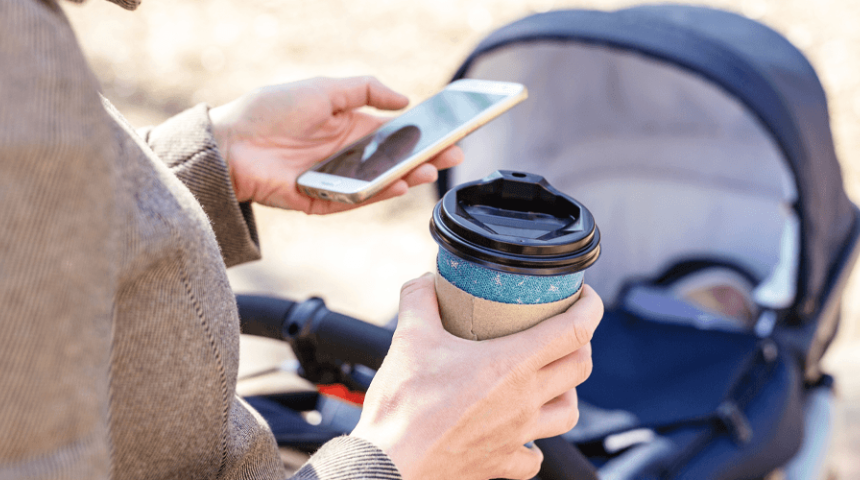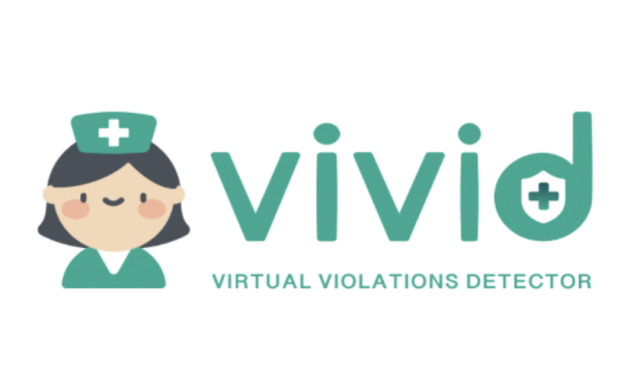The MAIF Agreement has expired. Reporting violations of the WHO Code is still important.

Why is it important to keep reporting WHO Code violations?
ABA is working with key stakeholders to ensure that the full scope of The WHO Code is legislated in Australia.
Until The WHO Code is legislated, ABA encourages you to report violations of the WHO Code that you see in Australia.
The collection of WHO Code violations will be helpful to demonstrate the ongoing need for strong and enforceable legislation in Australia.
How do I know if what I’ve seen is a breach?
The following minimum criteria must be met for your report to constitute a breach. The example must be both a product covered by the WHO Code and an activity prohibited by the WHO Code.
A product covered by the WHO Code
A breastmilk substitute which includes any milks (or products that could be used to replace milk such as fortified soy milk), which are specifically marketed for feeding children up to the age of 3 years, including follow-up formula and growing-up milks.
Feeding bottles and teats.
A food product recommended as suitable for babies under 6 months (when exclusive breastmilk feeds are recommended).
An activity prohibited by the WHO Code
Pictures or text that idealise the use of breastmilk substitutes (including health claims).
Companies attempting to have direct or indirect contact with pregnant women and mothers of babies and young children. This includes any type of advertising, discount promotions, special displays, parenting exhibition stalls, samples, gifts, and sponsorship of parenting clubs (including online).
Any provision of free samples of breastmilk substitutes to pregnant women and mothers of babies and young children.
Displays, posters or other promotions of breastmilk substitutes, feeding bottles and teats in health facilities.
Parent education provided or sponsored by manufacturers or distributors of breastmilk substitutes, feeding bottles and teats.
Financial inducements given to healthcare workers to explicitly promote products covered by the WHO Code. This includes sponsorship and other financial or in-kind inducements (such as, free or low-cost training, travel or meals) which may represent a conflict of interest for healthcare workers.
Free or discounted products for use in health facilities or healthcare work training facilities (these facilities should procure products through appropriate channels).
The calculation of bonuses from sales of breastmilk substitutes, feeding bottles and/or teats.
Do I need to provide an image or photo for the report?
There is an option to upload a photo or image of a breach, but this is not a requirement.
It is important to note that photos cannot be provided if they have been taken in a private place. This includes a workplace with restricted access (e.g. inside a doctor's office or in a private training session).
However, images or photos can be provided as screenshots of digital advertising, photos of print advertisements and photos of the contents of ‘goodie’ bags.
What will happen when I report a breach?

CATCH is disrupting the status quo by using artificial intelligence (AI) and supervised machine learning through the Virtual Violations Detector (“VIVID”), designed to autodetect large amount of violations on digital platforms. Harnessing its connection to key actors and partners, it then communicates the findings to raise awareness and prompt change.